Sanderlings. Where Do They Come From, Where Do They Go?
You may recognize this little shorebird as a type of Sandpiper. You probably don't even give them a second glance most days, unless it's to watch the silly way they run. Their legs moving similar to that of a cyclist or the Roadrunner.
But one thing you may not have asked yourself is "why don't I ever see baby Sanderlings." Actually, let's be honest, you've probably never asked that. But you still may find their breeding grounds interesting.
Weighing in at a mighty 54 grams with an impressive wingspan of 43 centimeters, this tiny little nondescript brown bird can travel from 3,000 kilometers up to 10,000 kilometers from its wintering sites along marine coasts worldwide all the way to its breeding grounds in the high arctic. The United States, Canada, Greenland, Russia all share a sliver of this shorebird's important breeding habitat. Every so often I like to remind myself that living dinosaurs migrate unfathomable distances yearly, simply to fulfill one of the four F's of life.
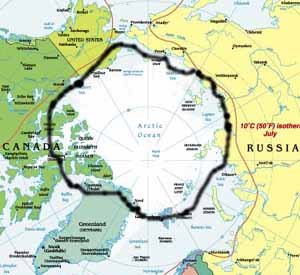
Unfortunately, I am on the 69th parallel and not within the range of their breeding territory. Anomalies aside, I probably won't be able to get any photos of a nest of eggs nor their babies. But to be honest, I wouldn't want to disturb them anyway. The numbers of Sanderlings and other shorebirds are in constant jeopardy and need every advantage we can give them. And sometimes the best advantage you can provide an animal is to simply leave them alone.
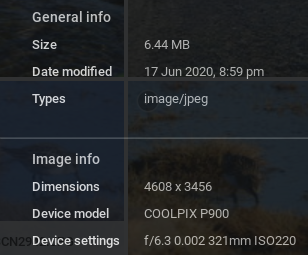
All photos are my own taken by myself unless explicitly stated otherwise (for example, the Wikipedia map)

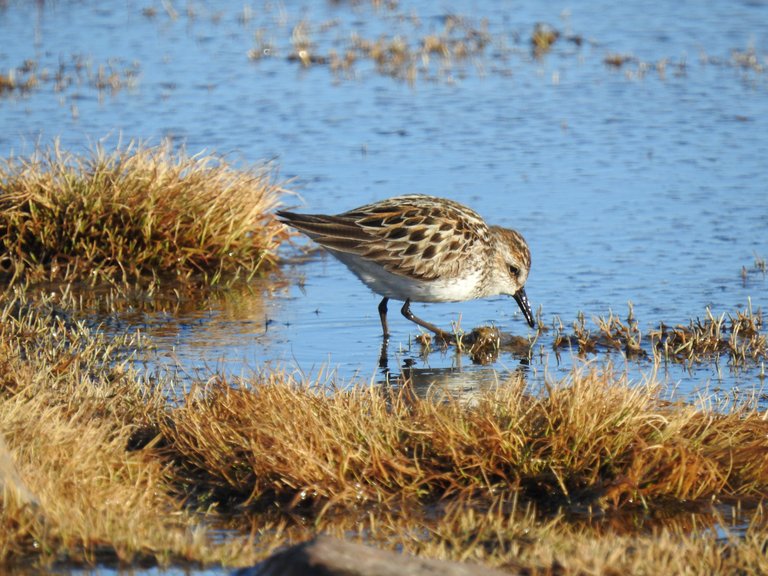

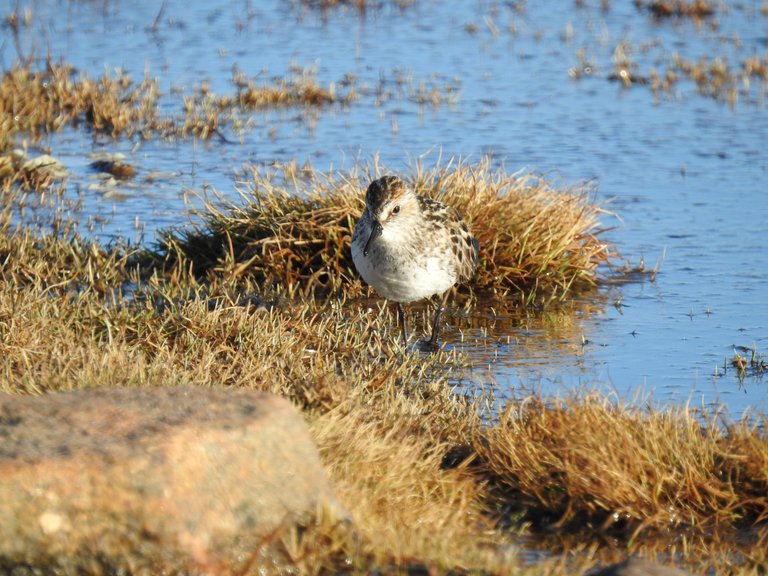
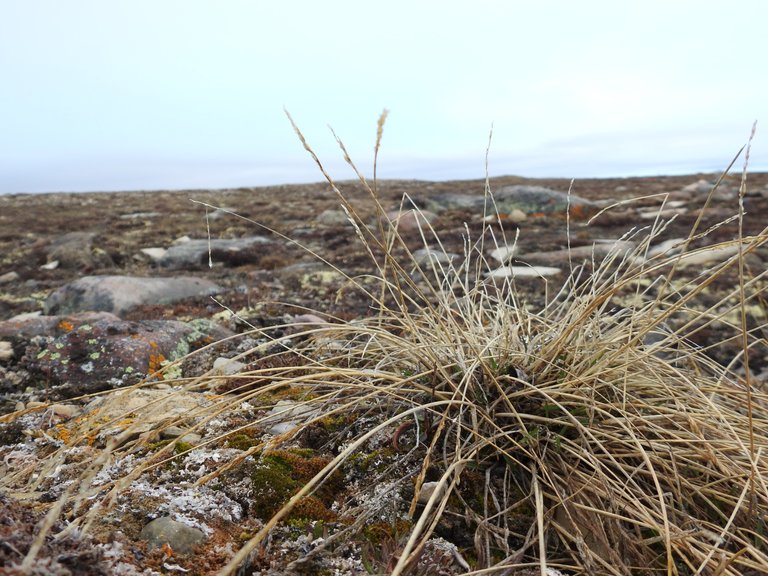
Great pictures and informations about Sanderlings...in the pictures it looks bigger and i thought it was a gull because of the color and pattern of its wings...And then i read your writing...it likes cold areas...
Have a nice night...
Hehe, I have a bad habit of taking advantage of my zoom and forgetting to pull out a bit to show the scale of the animals.
Even this shot doesn't show the scale that well :s Their preferred breeding range has an average temperature of 5 degrees celcius. It's impressive that their small frame can take that.
You have a good night as well.
Congratulations @lacking! You have completed the following achievement on the Hive blockchain and have been rewarded with new badge(s) :
You can view your badges on your board And compare to others on the Ranking
If you no longer want to receive notifications, reply to this comment with the word
STOPTo support your work, I also upvoted your post!
Support the HiveBuzz project. Vote for our proposal!